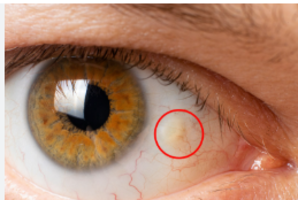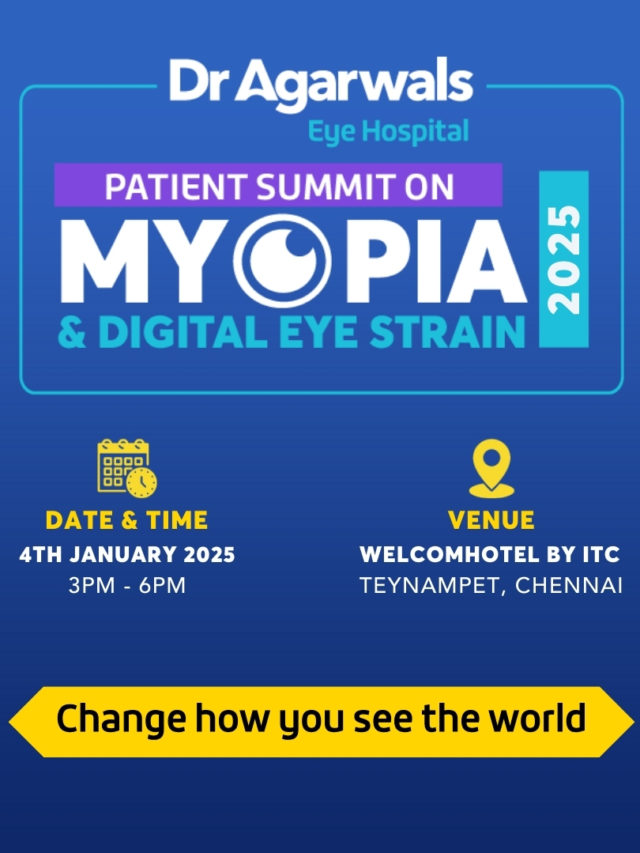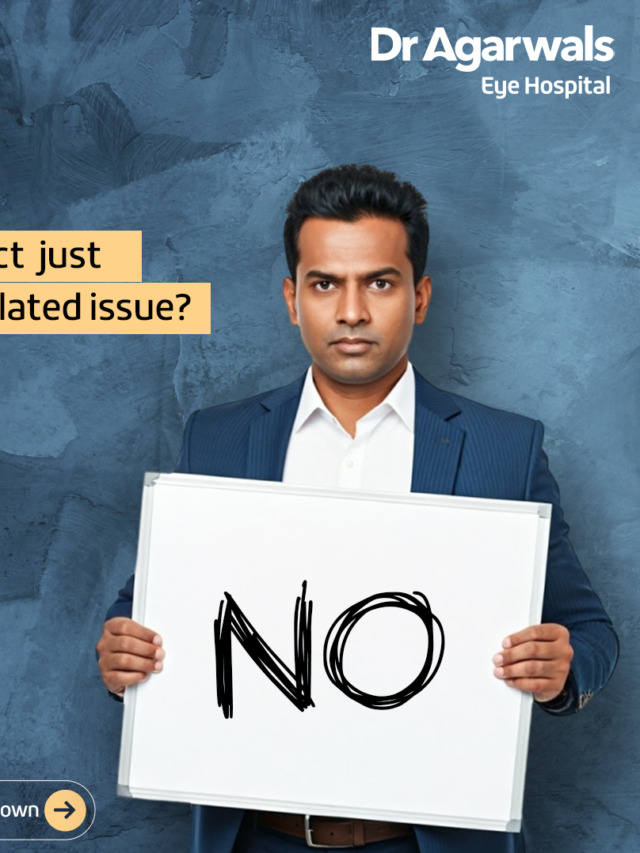Eye pain can range from mild irritation to sharp, persistent discomfort that affects daily life. Choosing the best medicine for eye pain depends on its root cause, whether it stems from dry eyes, infection, strain, or more serious eye conditions.
In many cases, eye pain improves with simple remedies, while in others, medical treatment is necessary. This article explores the causes, types, home remedies, over-the-counter and prescription treatments, as well as prevention and warning signs that demand professional care.
What Causes Eye Pain? Understanding the Root Causes of Discomfort
Eye pain can arise from various conditions, and identifying the underlying cause is vital before deciding on the right eye medicine for pain. One of the most common culprits is dry eyes, where inadequate tear production or poor tear quality causes irritation and burning.
Other causes include eye strain from prolonged screen use, infections such as conjunctivitis, and injuries to the eye’s surface. Some patients also experience sharp eye pain linked to glaucoma or uveitis. Additionally, eye pain from headaches, particularly migraines or sinus headaches, is often felt around or behind the eyes rather than inside them.
Types of Eye Pain: Different Sensations and What They Mean
The types of eye pain vary depending on the source. For example:
- Burning eye pain often indicates dryness, allergies, or surface irritation.
- Sharp pain in the eye may suggest corneal injury, foreign objects, or inflammation.
- Patients experiencing pressure in the eye may be dealing with glaucoma or sinus-related swelling.
Differentiating between these sensations helps guide treatment. While mild irritation often improves with rest and hydration, sudden or severe pain accompanied by vision changes should never be ignored.
Over-the-Counter Medicines for Eye Pain: Do They Help?
For mild cases, many people begin with over-the-counter medicine for eye pain. Lubricating or artificial tears are considered the best eye drops for pain caused by dryness or irritation. In some cases, anti-inflammatory eye gels or ointments provide temporary relief. Non-steroidal anti-inflammatory drugs (NSAIDs) like ibuprofen may also reduce eye discomfort linked to headaches, sinus pain, or minor inflammation. While OTC medicines for eye discomfort are generally safe, persistent pain or worsening symptoms should prompt medical evaluation.
Home Remedies for Eye Pain: Natural Solutions You Can Try
When professional care isn’t immediately available, home remedies for eye pain can provide comfort. Applying a warm compress for eye pain helps with styes, blepharitis, or eyelid inflammation by loosening blocked oil glands. A cold compress for eye pain reduces swelling, redness, and irritation.
Practising proper eye hygiene, such as washing hands regularly and removing makeup before bed, also prevents irritation. Artificial tears provide natural eye pain relief for dryness, while limiting screen exposure reduces digital strain.
When to Seek Professional Help for Eye Pain: Recognising Warning Signs
Although home remedies and OTC products may offer short-term relief, some cases of eye pain signal a deeper issue. It’s important to know when to see a doctor for eye pain.
Warning signs include persistent eye pain lasting several days, sudden worsening, or pain with redness and discharge. Vision disturbances, such as blurred vision, light sensitivity, or blind spots, require immediate medical attention. An eye specialist should always guide severe eye pain treatment.
When Eye Pain is a Sign of a Serious Eye Condition
Certain conditions present eye pain as an early warning sign. Glaucoma pain often feels like pressure within or behind the eyes and can quickly progress without treatment.
Uveitis symptoms, such as redness, light sensitivity, and deep aching pain, may indicate inflammation of the eye’s middle layer. Infections such as keratitis or orbital cellulitis present with severe eye infection pain and demand urgent antibiotics or hospital care. Recognising these signs early can protect vision.
Prescription Medicines for Eye Pain: Options for Severe Pain
For conditions that do not respond to home or OTC care, prescription medicine for eye pain may be necessary.
Ophthalmologists often prescribe antibiotics for eye infections in the form of drops or ointments to control bacterial causes. Inflammation caused by autoimmune disease or uveitis may require steroid eye drops for pain.
In more severe situations, stronger pain medicines or oral treatments may be given. These eye pain prescription relief options are only safe under a doctor’s supervision due to potential side effects.
How to Prevent Eye Pain: Tips for Healthy Eyes
Preventing eye pain begins with good habits. Staying hydrated and following the 20-20-20 rule (looking away from screens every 20 minutes at an object 20 feet away for 20 seconds) can help reduce eye strain.
Wearing sunglasses protects the eyes from UV rays and dust and is also a good way of protecting the eyes from strain. Proper cleaning and limited wear of contact lenses help reduce the risk of infection.
Quitting smoking, managing chronic conditions like diabetes, and maintaining a balanced diet rich in leafy greens and omega-3 fatty acids all contribute to preventing eye pain and maintaining long-term eye health.
Conclusion: The Right Approach to Treating Eye Pain
The right medicine for eye pain depends entirely on the underlying cause. While simple remedies like lubricating eye drops or warm compresses may be effective for mild irritation, persistent or sharp pain can signal infections, inflammation, or more serious eye conditions.
Patients can try homemade medicine for eye pain, such as cold compresses and proper rest, but professional evaluation is essential if symptoms worsen. Whether asking what the medicine is for eye pain or looking for a combined medicine for headache and eye pain, the safest approach is to begin with conservative measures.
If that does not help, then escalate to over-the-counter relief if needed, and seek prescription treatment from a doctor when required. Protecting eye health through prevention and early intervention ensures that vision remains clear and comfortable for years to come.









